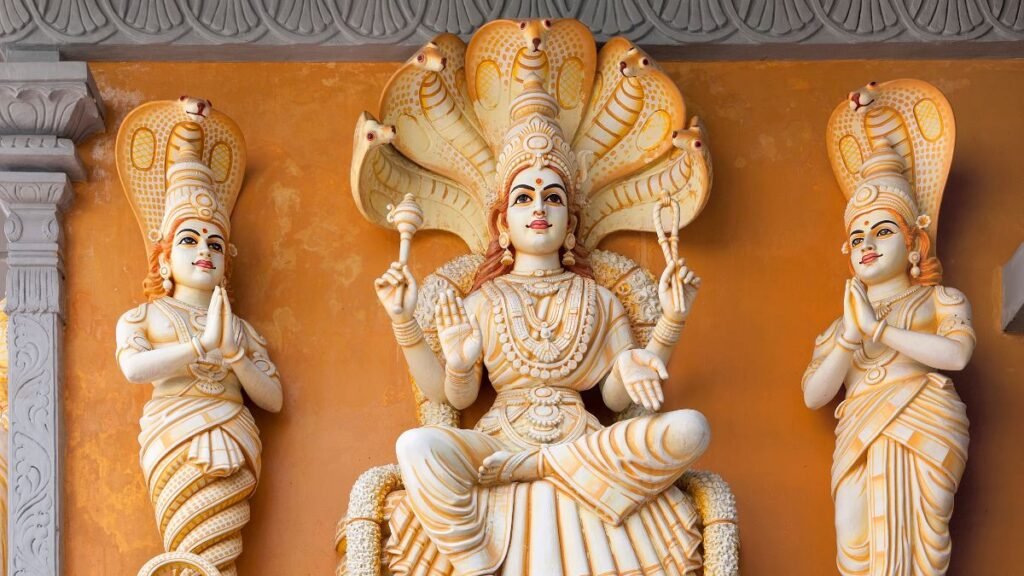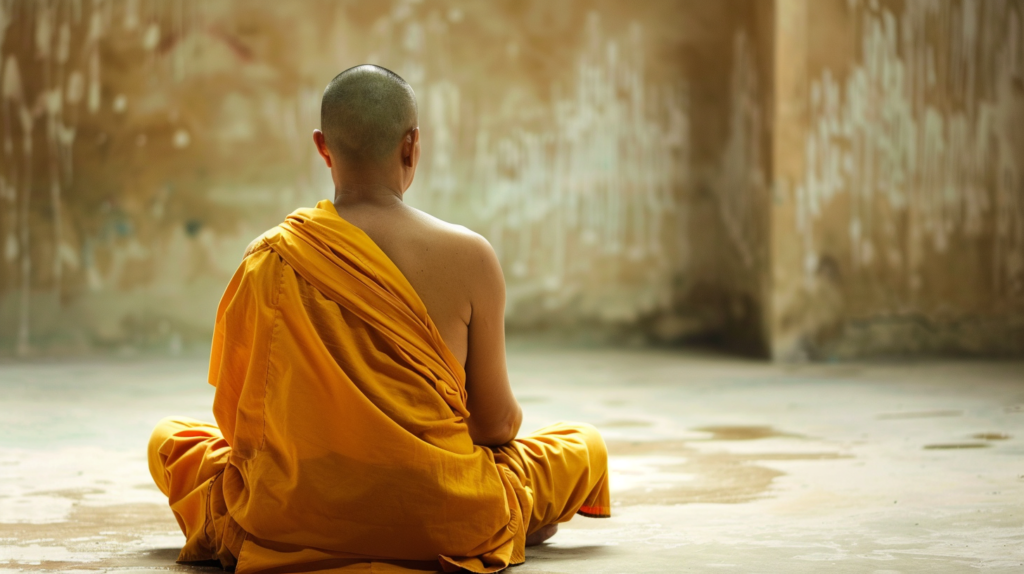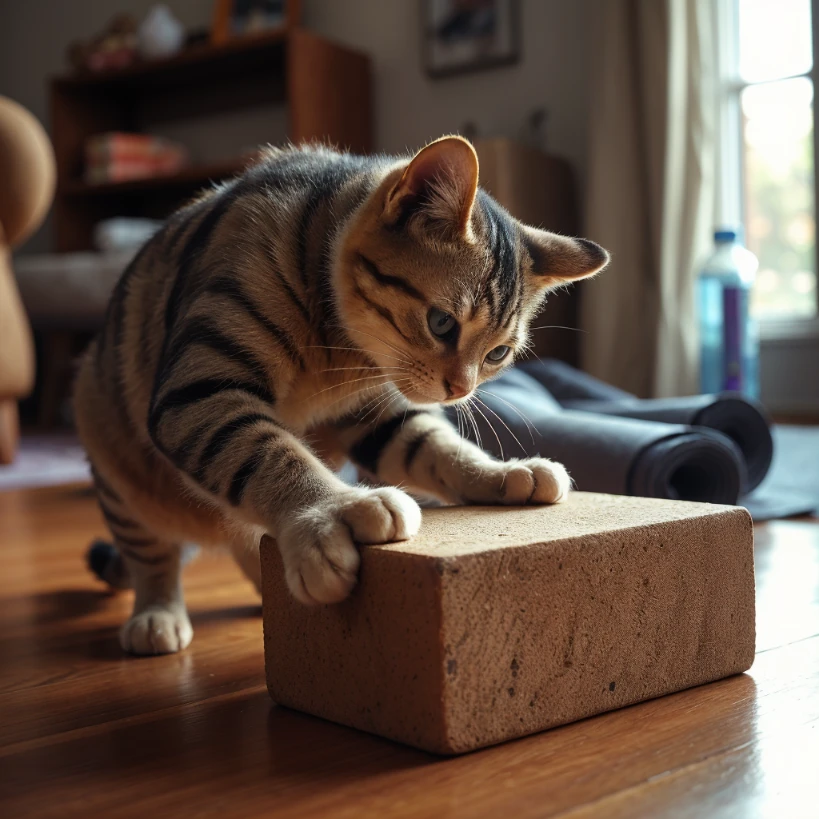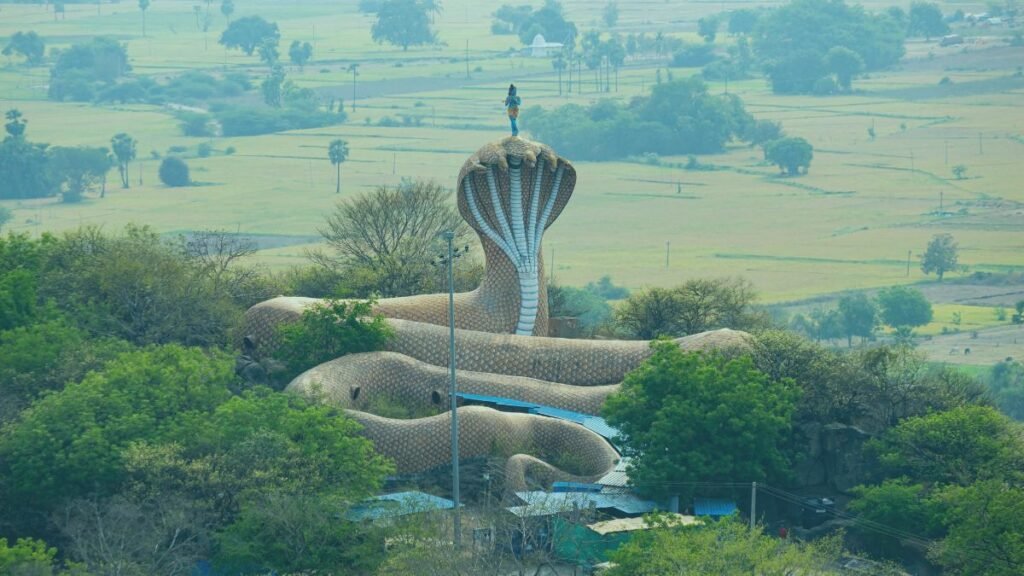Why Kundalini Snake Energy Still Matters
Kundalini snake energy is one of yoga’s most mysterious and misunderstood ideas. In ancient texts and modern yoga studios, the serpent keeps showing up as a sign of hidden power, raw potential, and big spiritual shifts. But what’s hype, and what’s real? Today, science, psychology, and yogis all try to explain the “serpent” in different ways.
If you’re ready to cut through myths and find out what Kundalini snake energy actually means for your life and practice, you’re in the right place.
Kundalini Snake: Ancient Roots & Modern Myths
The Kundalini snake comes straight from India’s oldest yoga and Tantric texts. “Kundalini” literally means “coiled,” and it describes a sleeping serpent at the base of your spine, curled up, waiting to wake.
This serpent isn’t just a random mascot. It’s seen as Shakti, the creative energy behind everything. When the Kundalini snake rises, it’s supposed to travel up your spine, bringing powerful change to your body and mind.
Fast-forward to today, and you’ll see people everywhere talking about Kundalini yoga, “serpent awakening,” and wild energy experiences. Some call it life-changing. Others warn it’s risky or even dangerous. Most myths come from confusion about what Kundalini really is, or what happens if you force it.
Curious how yoga impacts your actual body and energy? Here’s a science-backed guide to how yoga works

Why the Serpent? Symbolism in Yoga, Tantra, and World Cultures
Why do yogis always talk about snakes, not tigers or birds? In yoga and Hindu art, the serpent stands for power, transformation, and the push to “shed your old skin.” It’s not just India. Ancient Egypt had the cobra for protection and power, the Greeks used the Ouroboros (snake eating its own tail) for rebirth, and Aztecs had feathered serpent gods.
Psychologists like Carl Jung said the snake represents deep energy in your unconscious, the stuff you usually ignore, but that can wake up when you’re ready to change.
In yoga, the coiled serpent is the ultimate symbol for energy that’s sleeping at your root chakra, waiting to rise and rewrite your story. All these cultures agree: snakes are about hidden strength, healing, and serious transformation.
Want to explore how yoga and other energy systems compare? Read this honest guide: Yoga vs. Tai Chi for a direct side-by-side look.
From Shakti to Science: How Kundalini Awakens
The ancient yogis said Shakti, the force behind all creation, rests as Kundalini at the base of your spine. When you practice yoga, breathwork, and meditation, you’re slowly “waking the serpent.” The goal isn’t to go wild or chase superpowers. It’s to let energy rise through your chakras, bringing clarity, confidence, and new levels of awareness.
Some people feel real, physical changes: tingling, heat, or even spontaneous movements. Science is just starting to catch up, with studies on brainwaves, hormones, and nervous system shifts during deep meditation and Kundalini practice.
Want to see how different yoga types handle energy, breath, and transformation? Check out this full breakdown of yoga styles and their effects.
Kundalini Awakening: Real Signs, Common Experiences
If your Kundalini starts to wake up, you might notice stuff nobody told you about in regular yoga class. Energy can feel like it’s moving up your spine; you might get goosebumps or feel sudden waves of emotion. People report:
- Physical: Tingling, heat, muscle twitches, feeling “wired” but calm.
- Emotional: Old feelings coming up, mood swings, or unexpected calm.
- Mental: Vivid dreams, new insights, sharper intuition, or moments of pure focus.
Is it always wild? Nope. Some people feel subtle changes, others get a “spiritual rush.” If you force it, though, it can be too much. Always go slow, and talk to a teacher if you feel overwhelmed.
Curious about the risk and reward? Here’s a deep dive into whether Kundalini yoga is dangerous or safe.
Myths & Misconceptions: Debunking Kundalini Snake Fears
Let’s get blunt: Most fears about the Kundalini snake are just old rumors, not facts. Some people say awakening Kundalini is dangerous or even evil. Others think it’s only for “chosen” yogis or that snake and serpent energy are totally different.
Here’s the truth:
- Kundalini is your own natural energy. It’s not “dark” or “evil.”
- Not everyone needs to chase Kundalini awakening. It’s a personal path, not a contest.
- Snake and serpent energy? Same thing in yoga; it’s just different words for the same force.
- The real danger comes from forcing the process or skipping guidance.
Want more truth bombs about yoga myths and real yoga philosophy? Get the facts here.
Safe Practice: How to Work With Kundalini Energy
If you want to work with Kundalini energy, safety comes first, no shortcuts. Start slow with gentle yoga, simple breathwork, and easy meditation. Never force anything. If you feel overwhelmed, pause and check in with a trusted teacher.
Key safety tips:
- Use basic poses (like cobra or child’s pose) to ground yourself.
- Practice slow, mindful breathing, don’t hold your breath or hyperventilate.
- Avoid intense Kundalini exercises if you have trauma or serious mental health concerns.
- Always listen to your body. Any pain or panic means stop.
Learning from a skilled teacher can make a huge difference. Explore Kundalini yoga’s awakening process and safe practices here.
Related Practices & Further Learning
Kundalini is just one path in the world of energy work and spiritual growth. If you want to go deeper, there’s a whole cluster of practices worth exploring:
- Pranic Healing: Move and balance energy with your hands, great for overall health. Read about pranic healing basics.
- Navel Chakra: Your power center, connected to confidence and willpower. Learn how the navel chakra boosts your energy.
- Yoni Mudra: A simple gesture for deep relaxation and inner focus. See the full guide to yoni mudra.
- Aura Cleansing: Tools and habits to keep your energy field clean. How to clear your aura of negative energy.
Conclusion: What Kundalini Snake Really Offers
The Kundalini snake isn’t a myth or something to fear. It’s a symbol for your own power to heal, change, and grow, physically, mentally, and spiritually. When awakened with respect and patience, this energy can unlock creativity, joy, and a deeper connection to yourself.

Kundalini Snake FAQ
What is the Kundalini snake?
The Kundalini snake is a symbol for your coiled life energy at the base of your spine.
When awakened, it travels up your chakras, unlocking new levels of energy, awareness, and personal growth.
Is Kundalini awakening safe?
Kundalini awakening is safe if you go slow and have the right support.
Never force intense practices or skip guidance from a teacher—this reduces risks and makes the process smoother.
How do you know Kundalini is awakened?
Signs of Kundalini awakening include energy moving up the spine, tingling, vivid dreams, emotional changes, and increased intuition.
Some people feel peaceful or energized; everyone’s experience is unique.
Can Kundalini energy be harmful?
Kundalini energy is only harmful if you push too fast or ignore your limits.
Listen to your body, avoid risky solo experiments, and get help if things feel overwhelming.
What does “serpent energy” mean spiritually?
Serpent energy means deep transformation, growth, and unlocking hidden potential.
In yoga, it’s about awakening your true power—not something evil or dangerous.
Where can I get more answers or help?
Find more practical info or personal support here:






